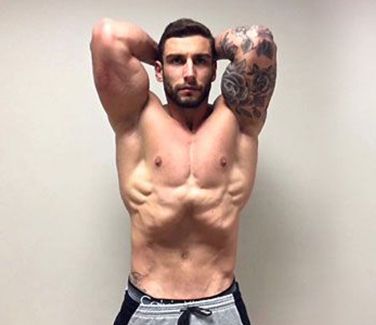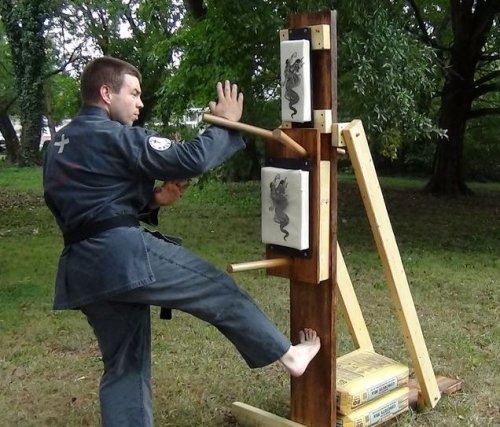Plus: Howard Webb analyses why Luton’s equaliser at Burnley was allowed to stand, Brighton’s penalty against Spurs, Raul Jimenez’s red card vs Newcastle and much more in the latest episode of Match Officials: Mic’d Up alongside former Liverpool and Man Utd striker Michael Owen
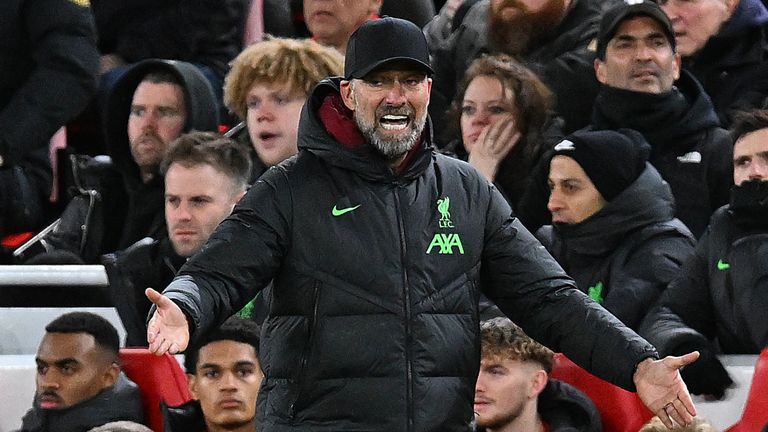
Image: Jurgen Klopp gestures during Liverpool's match vs Arsenal
In the latest instalment of Match Officials: Mic’d Up, PGMOL chief Howard Webb explains why Liverpool were denied a penalty against Arsenal when Martin Odegaard handled the ball.
The incidents reviewed…
- Carlton Morris’ late equaliser for Luton at Burnley
- Dejan Kulusevski’s shirt pull that leads to a Brighton penalty vs Tottenham
- Fulham’s Raul Jimenez sent off for high challenge vs Newcastle
- Liverpool denied a penalty for Martin Odegaard handball vs Arsenal
- Man City awarded penalty for Amadou Onana handball vs Everton
- Stream Sky Sports with NOW TV
- Live Premier League table | Fixtures | Results
- Watch free Premier League highlights
- Get Sky Sports | Download the Sky Sports App
In full: Webb’s analysis of Odegaard’s handball vs Liverpool
Liverpool appeal for a penalty after the ball hits the left arm of Arsenal captain Martin Odegaard inside the area, but the referee doesn’t award a spot kick and the VAR agrees with the decision.
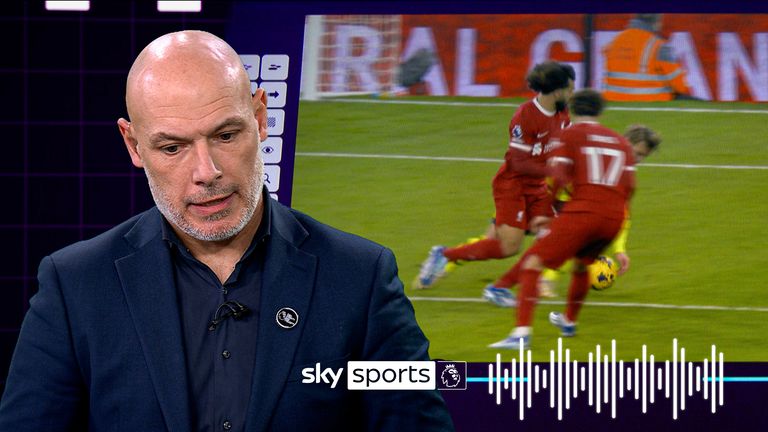
Speaking on Match Officials Mic’d Up, PGMOL chief Howard Webb explains why Liverpool should have been awarded a penalty after Martin Odegaard appeared to handle the ball in the penalty area.
Howard Webb: “The on-field referee recognised Odegaard had slipped and saw his arm go towards the ground. We’ve talked in the past about supporting arms if someone falls or breaks their fall with their arm, it’s a pretty well-established concept.
“In this situation, though, there’s an important difference to a normal player that’s fallen. This is not just Odegaard accidentally falling onto the ball, his arm does go out but then he pulls his arm back in towards his body which is when the ball makes contact with his arm.
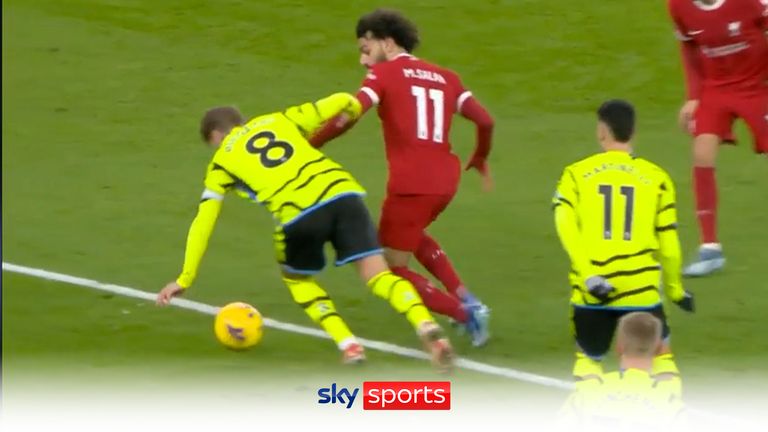
Image: Odegaard handball – Liverpool vs Arsenal
“The VAR looked at that aspect. He thought it was a case of Odegaard trying to make himself smaller by bringing his arm back to his body. That is the element that’s important here. Whether it’s instinctive or deliberate, he gets a huge advantage by bringing the arm back towards the ball.
“The feedback we got back afterwards was very clear, the game expects a penalty in this situation and I would agree. As such, this one did not reach the right outcome on that basis.”
In full: Webb’s analysis of Luton’s controversial equaliser at Burnley
Burnley goalkeeper James Trafford is blocked from reaching a cross by Luton striker Elijah Adebayo which allows Carlton Morris to score a late equaliser.
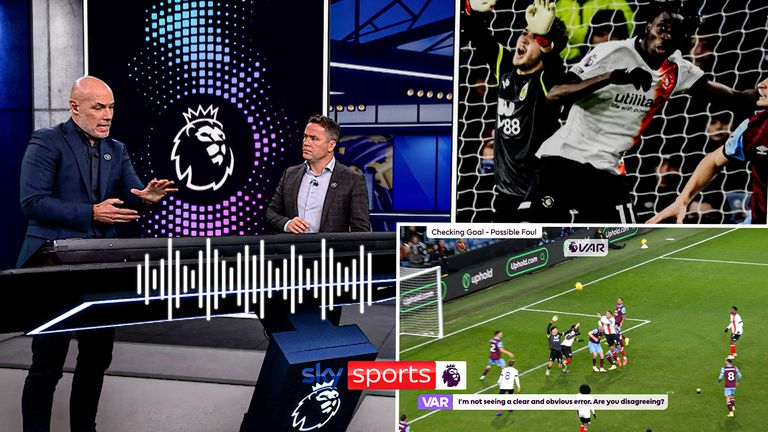
PGMOL chief Howard Webb joins Michael Owen on Match Officials Mic’d Up to discuss Carlton Morris’ late equaliser against Burnley that was allowed to stand despite contact on goalkeeper James Trafford.
Howard Webb: “The on-field decision is always important for us when we’re thinking about how we utilise VAR.
“In this situation, the on-field official felt there was no foul, he saw two players coming together. You hear the assistant referee confirming what the referee has seen. So that’s the starting point.
“VAR looks at it in that context to see whether, in his opinion, it is a clear and obvious error. The assistant VAR felt like it might be, you can hear him talking a little bit more about the attacker’s movement.
“You see Trafford coming out and Adebayo is always moving in that direction. At the very end, there is a little movement towards the goalkeeper. Some see this as normal football contact.
“I can understand why Burnley would expect a free kick in this situation, but I’ve also spoken to a whole host of people who don’t see it that way at all. They see it as normal football contact that the officials saw on the field.
“The split between the VAR and assistant VAR suggests it’s not something that is very clear and VAR was bought in to rectify very clear situations.
“I understand why people think a foul might be the better decision, but that’s a different question to whether or not the non-award of a foul is clearly wrong.”
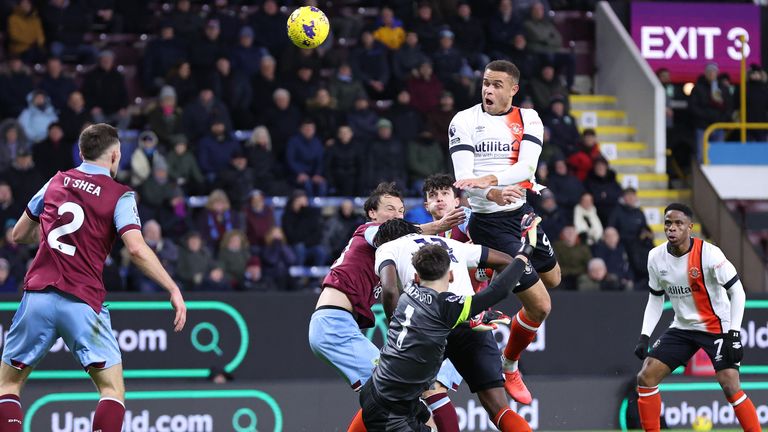
Image: Carlton Morris heads in Luton's equaliser as Burnley goalkeeper James Trafford is blocked off by Elijah Adebayo
Why is this clip good to show what VAR is all about?
“We knew from the outset that VAR throws up a whole host of subjective situations. They’re subjective across a whole range of people when you look at them.
“The problem with this is if you feel like this is a foul, it’s hard to see why other people can’t and therefore you think it’s clearly and obviously wrong not to award it.
“Conversely, someone who sees it as not a foul probably sees no reason why it should be disallowed. If we start to interject in situations that are more grey than black or white, then we end up changing decisions that a whole host of people think are right in the first place.
“And very quickly, people would lose an understanding of what VAR exists for if we work within that subjective area.
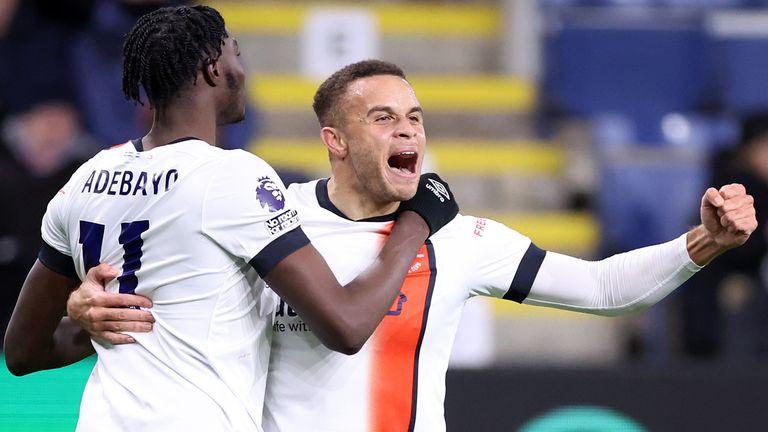
Image: Carlton Morris celebrates his late equaliser for Luton with Elijah Adebayo
“In this situation, VAR looked at the evidence provided, listened the what the on-field officials had said and formed a judgement – in his professional opinion – that this would be one that would split opinion and it has.
“So we try to reserve for the use of it for those situations that are very clear, that don’t create as much debate as this one has.
“But don’t expect perfection. It’s a very difficult thing to achieve in a world that throws up so much subjectivity and opinion as this clip has. Sometimes we’ll miss the mark on that and the world tells us after the game that we should have intervened and we didn’t, and we missed the mark.
“But more often than not, we don’t when we do intervene in the right way. When you look at the feedback people have given us on this one, including that it was a good goal, VAR then came out in that context in the right place while recognising that it will split opinion.”
In full: Webb’s analysis of Man City’s penalty at Everton
Manchester City are awarded a penalty by the referee after Nathan Ake’s shot hits the right arm of Everton’s Amadou Onana and the VAR confirms the spot kick.
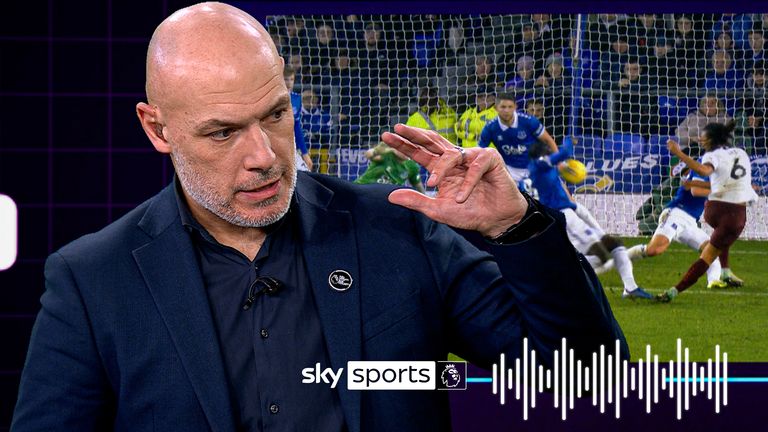
PGMOL chief Howard Webb explains why it was the correct decision to award a penalty after Amadou Onana handled the ball in the box.
Howard Webb: “Handball remains the most subjective area. We have got this one right, in my opinion. The referee and assistant referee worked together to come to the on-field decision of handball.
“They see Onana’s hand up by his head and in that position, it blocks a shot towards goal. I don’t for one minute think he meant to do that but you don’t have to in order to commit a handball offence because the laws talk about taking a risk by putting your hand in that position.
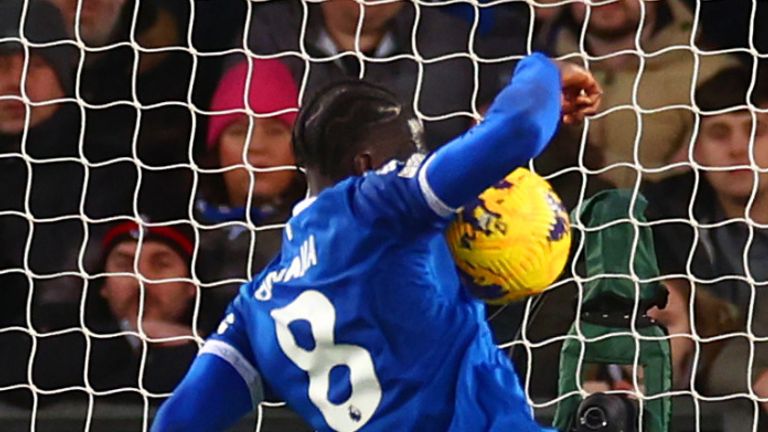
Image: Everton's Amadou Onana blocks the shot of Nathan Ake with his arm
“He’s reaching out with his foot to try and block the shot, he doesn’t do that, but his arm is up there and it blocks the shot. In my opinion, there’s lots of controversy if we don’t give this.
“The VAR looks at it to see if it’s clear and obviously wrong and he’s not going to come to that conclusion when he sees the arm up by the side of the head, blocking a shot towards goal and therefore it’s a credible penalty kick outcome.”
In full: Webb’s analysis of Brighton’s penalty vs Tottenham
As a corner is played in for Brighton, Dejan Kulusevski has a hold of Danny Welbeck’s shirt, pulling him to the floor.
The foul is not initially seen by the referee, but spotted by VAR. The referee is sent to the screen, with Brighton awarded a penalty and Kulusevski shown a yellow card.
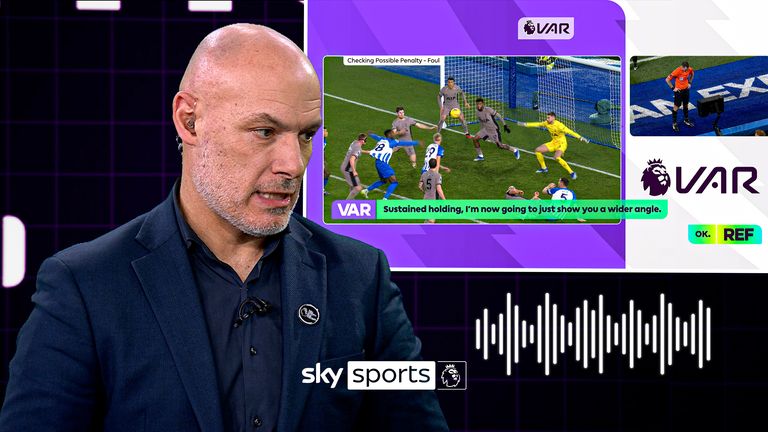
PGMOL chief Howard Webb explains why Brighton were correctly awarded a penalty when Dejan Kulusevski appeared to pull Danny Welbeck’s shirt.
Howard Webb: “We’ve heard ‘sustained holding’ before and it means the holding is more than a fleeting pull of the shirt, which has no impact.
“In this case, you can see Kulusevski pulls Welbeck back for some time, even at full speed, and it has an impact because Welbeck can’t get to the ball.
“There’s lots to like about this clip – the fact they [the officials and VAR] are pretty decisive, they stop the game as soon as they recognise the need to have it reviewed. They check the attacking phase of play once the referee goes to the screen to speed up the process, there was clear communication and that is exactly what VAR is there for.
“This was a miss on the field by the referee, it’s a clear situation, it doesn’t create debate, it’s absolutely a penalty and we get to the right decision.”
In full: Webb’s analysis of Jimenez’s red card at Newcastle
Raul Jimenez collides with Sean Longstaff in the air, with his hip hitting the Newcastle midfielder in the head.
Jimenez is initially shown a yellow card, but the referee is sent to the monitor to review his decision, with the booking then upgraded to a red card.
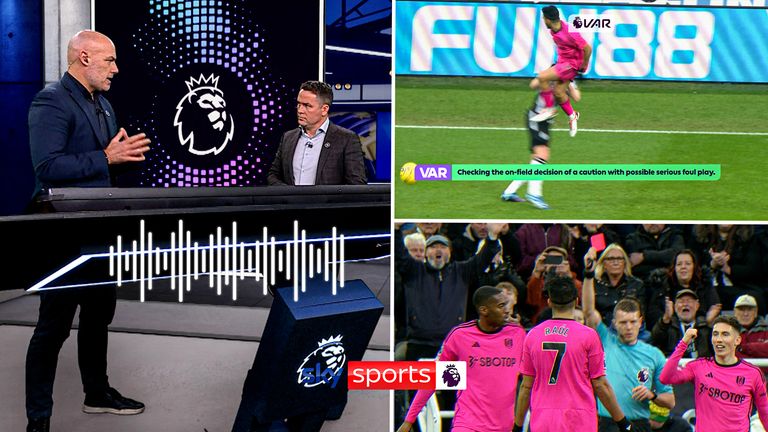
PGMOL chief Howard Webb explains why VAR correctly upgraded Raul Jimenez’s yellow card to a straight red card for this challenge on Sean Longstaff.
Howard Webb: “When we’re officiating the game and look at challenges, we’re looking at a range of severity from careless, where there’s no real danger or possible danger, which is just a free kick and nothing more.
“Then we go through to reckless where there’s an element of danger where it could be worse, but as it happened, it wasn’t, but there was a recklessness about the action. Then there’s excessive force and danger to the opponent as we see in this case whereby the only option is a red.
“In this clip, the referee on the pitch felt it was reckless because he felt it was the body going into the body. From his position, he didn’t recognise that the point of contact was a hip going into the head of Longstaff, combined with the fact he jumped into it from some distance, showing there was force.
“Anybody that sees that kind of definitive angle that we showed to the referee at the screen would agree that it was serious foul play because it endangers Longstaff’s safety.
“There is very little debate on this one and VAR allows the referee to see the angle, make a judgement at the screen and change the yellow card to a red.
“If the contact was lower, maybe into the body, we’d sit at reckless. But because there’s contact to the head in this really unusual situation, I think the outcome is absolutely right. Once he’s flying through the air, he can do what he wants to reduce the type of contact, but he can’t stop the contact.”
Sourse: skysports.com
